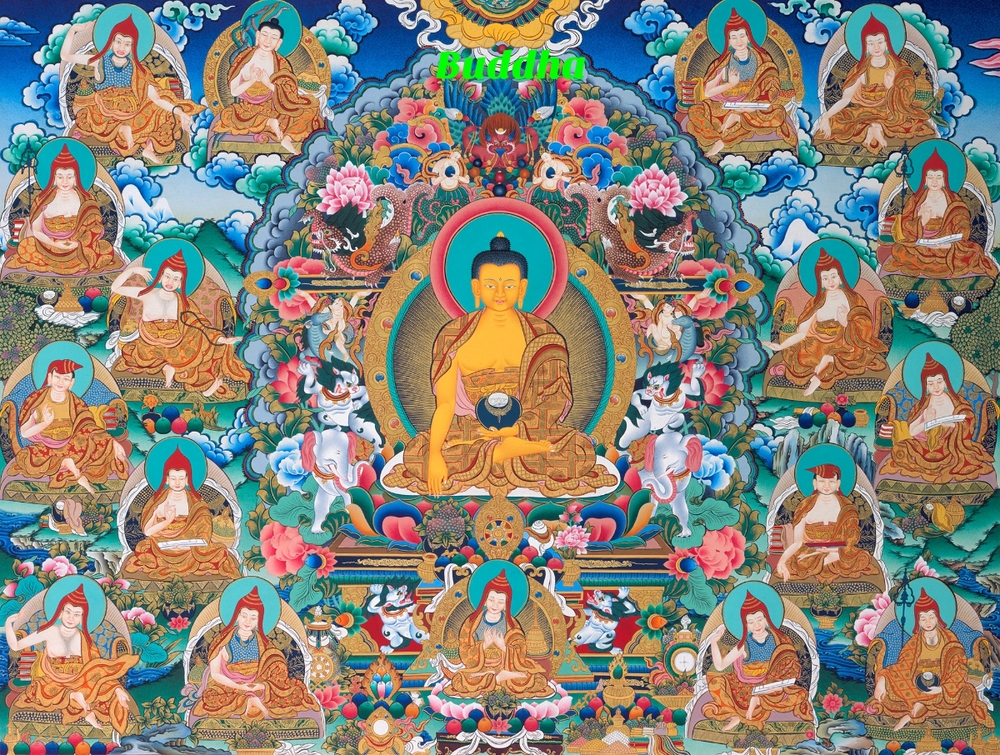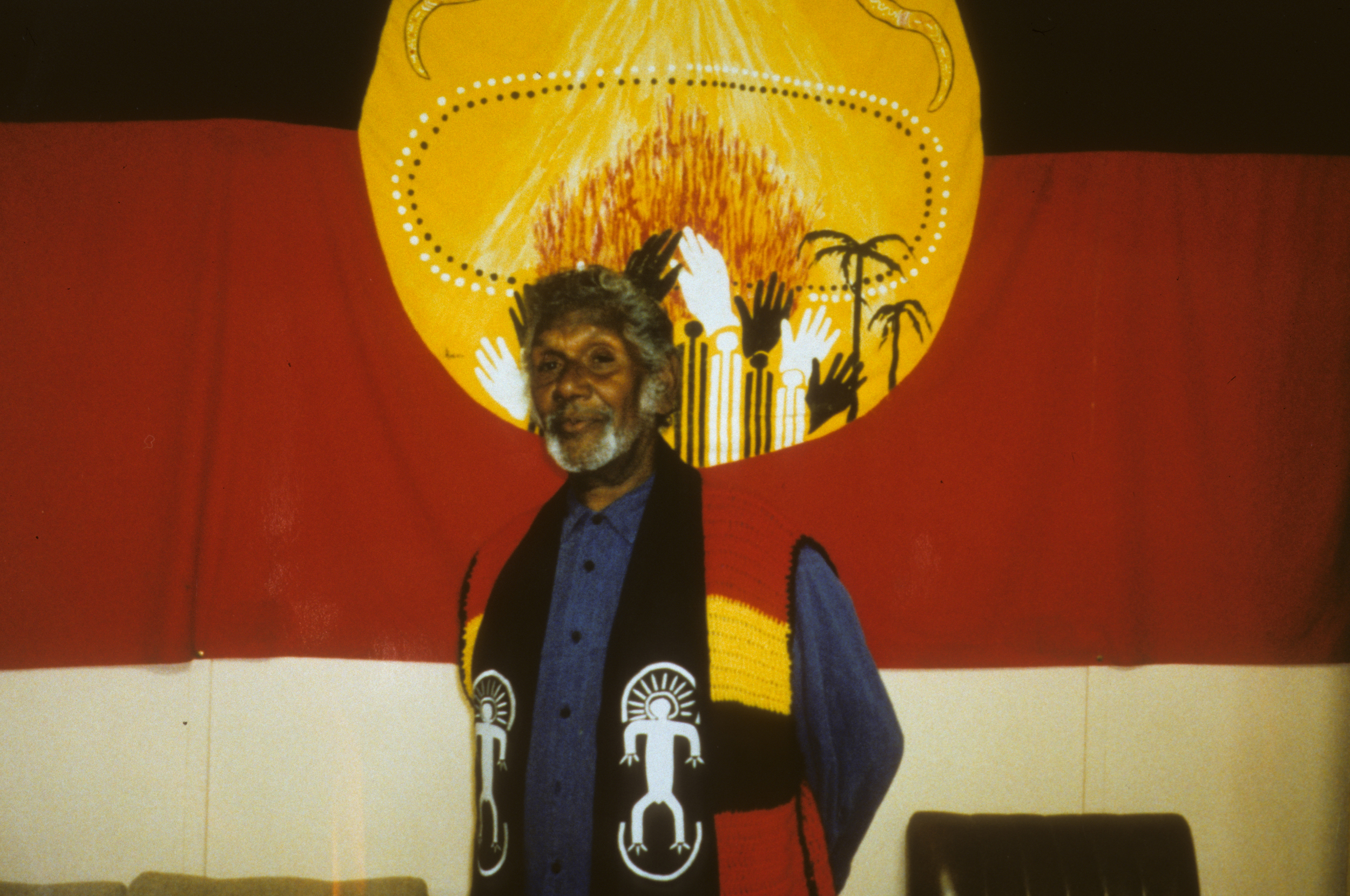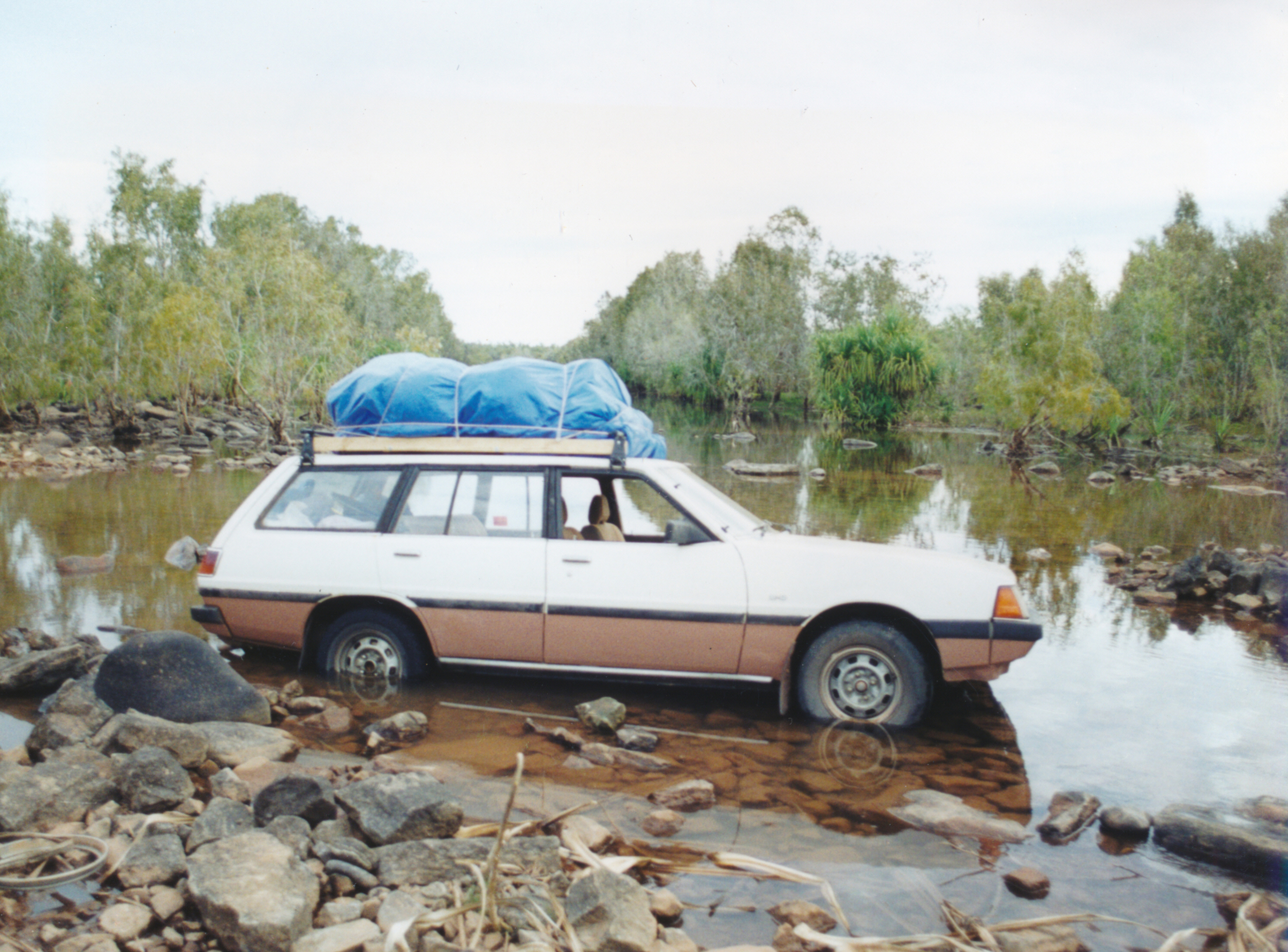This story was originally published in the Auckland Express newspaper on February 1, 2001 at Auckland, New Zealand. I wrote this story after having just returned from this remarkable journey through Australia, while it was still fresh in my mind. I have just recently come upon these great photos taken during the Run by Billy "Turtle Warrior" Ledger, one of the runners. Please enjoy.
Sue carrying the Eagle feather staff
The sacred Run 2000 Australia started in La Perouse (near Sydney) on June 1 and concluded on August 26th, 2000 back in Sydney. I was with the run from the start thru August 10 when the run went through Adelaide. There were 25 runners from different parts of the world including myself. We covered over 13,000 kilometers in just under 3 months.
The purpose of the Sacred Run was to connect with the indigenous peoples of Australia and together in a spiritual way, try to raise people’s consciousness towards issues affecting not only the Aboriginal communities but also our future generations and the fragile balance between humanity and our environment.
Spiritual running differs from recreational running in that while you are running, you are “focusing your attention” on the reasons why you are running. I was not only running for all the amazing Aboriginal people we met but also for All Beings everywhere!
Runners from L-R. Emillio, Emmett (oldest runner at 70), Vince & Marcus
The Sacred Run was started in the United States in 1978 by Dennis Banks, an Anishinabe activist and leader, with the purpose of carrying the message that “All Life is Sacred”. It was inspired by the ancient Native American tradition of running great distances, even to the most remote villages, to spread the messages, news and information.
I think there were two main reasons we were welcomed into these communities. It was Dennis Banks' organization and he has a large following among the Aboriginal communities, I think they see similar struggles). The second was our No Drugs/ No Alcohol policy. Unfortunately in a lot of the communities, alcohol & drugs are a problem.
Our course for the run took us through every state in Australia. We “targeted” Aboriginal communities so we would often go out onto rough, out of the way dirt roads in order to reach the different communities.
We purposely started the Run in La Perouse, the closest Aboriginal land to Sydney. From there our route took us north through New South Wales and the Aboriginal communities of Quirindi, Armidale, Moree and Toomelah. In Queensland, we ran through Toowoomba, Cherbourg, Eldsvold, Biloela, Sarina, Tully, Cairns and Laura.
We tried to get to Weipa in Cape York and the Torres Strait islands but we were stopped by the Stewart River. In the outback the only way to cross most rivers is to drive through them. One of our vehicles (mine) got stuck in the river in the evening. We knew that there were hungry crocks in the river and it was hard for us to see. We posted several people with torches to watch “for the eyes” while the rest of us got out and pushed the vehicle out. It was a little scary.
My car stuck in the Calvert river
Our route through the Northern Territory took us right in the heart of Arnhamland then on through the center of the country down to Uluru and Kata Tjuta. We got to spend several days with the native peoples from Mutitjulu, right in Uluru National Park.
Often times the communities would send out their elders to greet us and their young school age kids to run in with us, sometimes as many as 40 kids would show up with the elders. We would run into the towns carrying the Aboriginal flag. Occasionally we would get a police escort or a tribal elder’s vehicle to lead the way into town. Sometimes this was seen as a big and important event in some of these Aboriginal communities. Member of the local community were sometimes out on the roadways waving and cheering as we went by.
Aboriginal community members showing support for the runners.
You have to keep in mind that some of the places we visited were way out in the bush, the longest was 350 KM’s from the nearest town, on a rough dirt road.
Most of the communities would have a meal of some kind for us. They knew that we would be coming on a certain date and sometimes these were quite elaborate events. In several of the communities they had BBQ for us. I suspect that on more than one occasion, I ate kangaroo and other local game. The most exotic thing I ate was stuffed fruit bat. I was hesitant about trying it but this one particular host was quite insistent that I try it, so I did. It wasn’t too bad.
The only thing that I did not try was grubs. We were in one community way out in the bush and they puta plate of baked grubs on the table but I just couldn’t do it. A couple of the runners tried them and said they were “kind of nutty” tasting but I’ll never know.
In some of the communities, especially in the Northern Territory, we got demonstrations of how they make the didjiridoo and how to play it. One elder showed us how he hollows the branches out. He puts sugar in the middle so the ants eat the insides out. It was cool to see.
Didjiridoo maker playing one his recent creations.
In other communities they showed us how they make boomerangs, the different types for the different needs and how to throw them properly.
After dinner we always had an evening social where the runners would share stories about their lives and listen to the concerns of the local community. It was a great way to exchange ideas.
After the social we needed our rest, sometimes these events would go on quite late. We had many different types of accommodations but most required our sleeping bags and usually our tents, too. We stayed in community halls, churches, parks, hostels, gymnasiums, schools, etc. When we were traveling to the more remote communities it would take several days to get there so we would sleep wherever our run ended for that day. On rare occasions we would get to sleep in beds. This was especially true when we were near larger towns, it happened in two or three places and when it did, it was a treat!
Having completed the run, I can now take some time to “digest” all the places I’ve been and all the people I’ve met. The only drawback to a run like this is that you are always on the go, never able to spend more than a day or two in any one place.
All in all, I feel very fortunate to have been able to experience first-hand the Aboriginal communities, with their trials and tribulations. I have met elders who are committed to restoring their unique languages. I have met dedicated traditional people who are taking control of their own school systems and restructuring them to better meet their needs. I have met some wonderful community leaders whose vision will successfully take Aboriginal peoples into the next century and beyond!
Runners Paul & Billy "Turtle Warrior" Ledger with Wadjularbinna. Wadjularbinna is an activist tirelessly working on the preservation of the various Aboriginal cultures and languages. She is an amazing woman!







